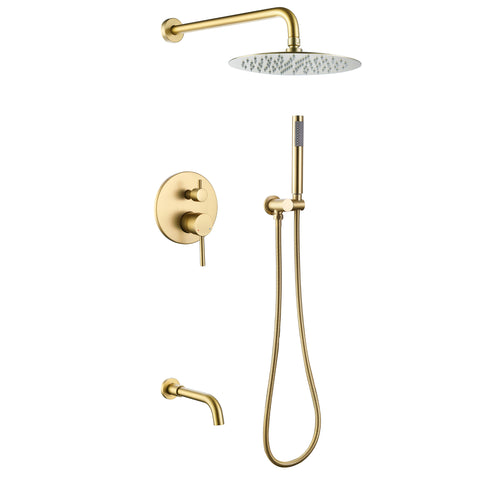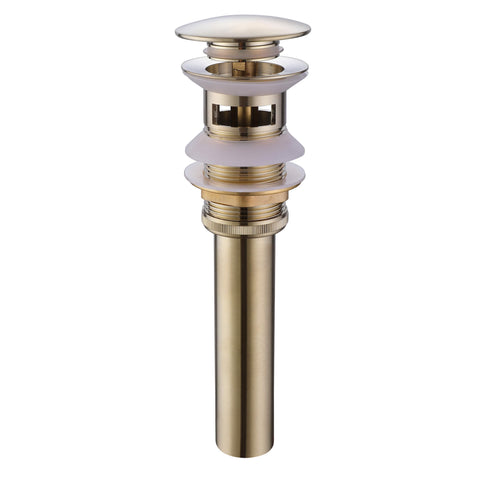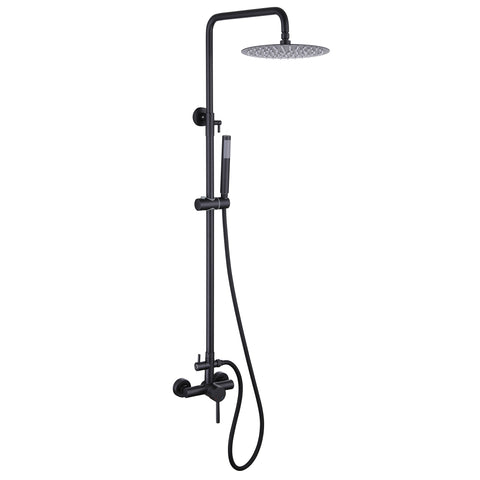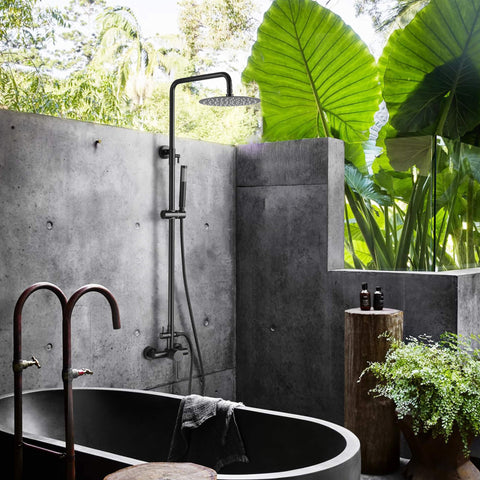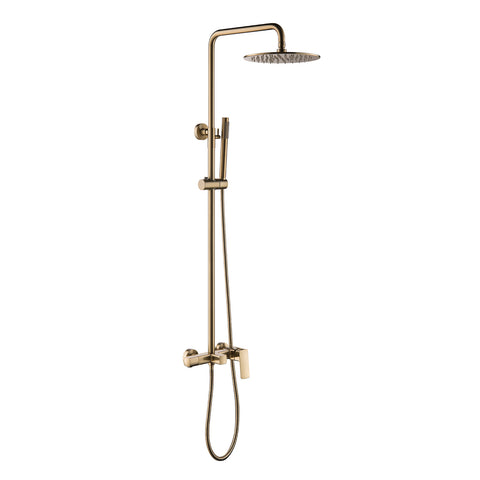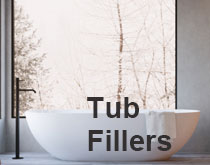How to Choose the Right Faucet for Your Home?
Determine your needs and preferences:
Before diving into the world of faucets, take a moment to consider your needs and preferences. Think about the style and design that would complement your overall decor. Are you looking for a traditional, contemporary, or transitional faucet? Consider factors such as the number of handles, spout style (high arc, low arc, pull-down, or pull-out), and the finish (chrome, stainless steel, brushed nickel, etc.). Having a clear vision of your requirements will streamline the decision-making process.
Assess your sink compatibility:
To ensure a perfect fit, it's crucial to consider your sink's compatibility with the faucet you choose. Check the number of mounting holes in your sink, as this will determine the type of faucet you can install. If you have a single-hole sink, you have the flexibility to choose a single-handle or a touchless faucet. For sinks with multiple holes, you can opt for a widespread or centerset faucet. Additionally, consider the depth and shape of your sink, as these factors can affect the reach and height of the faucet you select.
Focus on durability and quality:
Investing in a high-quality faucet ensures its longevity and functionality. Look for faucets made from durable materials such as solid brass or stainless steel, as they are less likely to corrode or develop leaks over time. Check for reputable brands known for their quality craftsmanship and reliable warranties. Although it might be tempting to opt for a cheaper option, remember that a faucet is a long-term investment, and skimping on quality may lead to frequent repairs or replacements in the future.
Consider water efficiency:
In an era of increasing environmental awareness, it's important to consider the water efficiency of your faucet. Look for models with WaterSense certification, which indicates that they meet the Environmental Protection Agency's (EPA) criteria for water conservation without sacrificing performance. Water-saving features like aerators and flow restrictors can significantly reduce water consumption without compromising your experience. Choosing a faucet with adjustable flow settings will also provide greater control over water usage.
Evaluate ease of use and maintenance:
Functionality and ease of use are key factors to consider when selecting a faucet. Opt for a model with smooth operation and ergonomic handles, ensuring effortless control of water flow and temperature. If you have family members with mobility issues, consider touchless or lever-handled faucets that offer convenient accessibility. Additionally, think about the maintenance requirements of the faucet. Look for finishes that are resistant to water spots and fingerprints, making cleaning and upkeep a breeze.
Set a realistic budget:
Faucet prices can vary significantly depending on the brand, design, and features. Before starting your search, establish a budget that aligns with your needs and expectations. Remember, while it's important to stay within your budget, compromising on quality may lead to costly repairs or replacements down the line. Research different options and compare prices to find the best value for your investment. Look for discounts or promotions that might be available, allowing you to get a premium faucet at a more affordable price.
Choosing the right faucet for your home involves careful consideration of several factors, including your needs, sink compatibility, durability, water efficiency, ease of use, and maintenance requirements. By following these guidelines and conducting thorough research, you can make an informed decision that not only enhances the aesthetic appeal of your home but also meets your practical requirements. Remember, a well-chosen faucet will provide you with years of convenience, functionality, and water-saving benefits.
